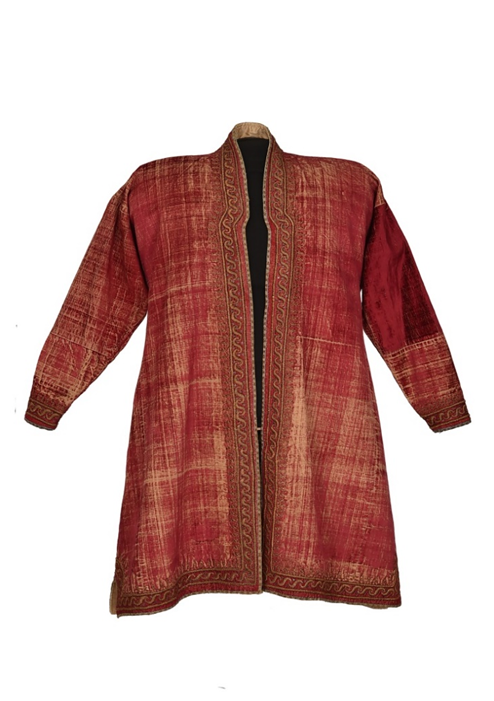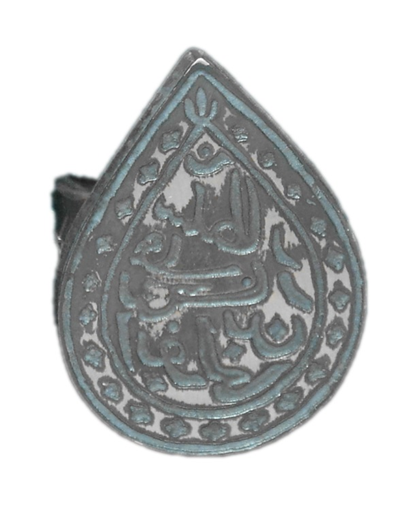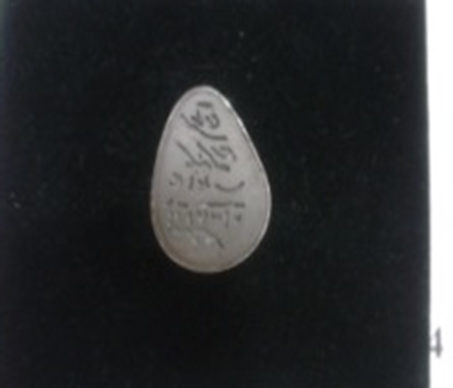The National Museum of Kazakhstan has a unique military armor "Bes Karu", which allows us to look at the appearance of the Kazakh warriors of the past. These historical artifacts have become a key element of the museum's collection, recreating the image of the Kazakh Khan in his greatness and power. This is the Exposition of Abylai Khan.
Abylai Khan (1711-1781) was one of the most prominent political leaders of his time, and a new revival of the Kazakh statehood is associated with his name.
The internal policy of Abylai Khan.
Abylai Khan pursued a line of strengthening the khan's power within the framework of a centralized management system. He actively maintained stability, pacifying the willfulness of strong ancestors and sultans. During his reign, reforms were introduced into the judicial system, minimizing the powers of arbitration courts and limiting the imposition of death sentences. Abylai Khan restored the privileges of the khans and redistributed the territories of the Middle and Senior Zhuzes among his sons as estates.
Abylai Khan's Foreign Policy
In the field of foreign policy, Abylai Khan sought to preserve the independence of the Kazakh Khanate. He pursued a flexible foreign policy, strengthening defense capabilities and maintaining economic ties with neighboring countries such as Russia, China, the Bukhara Khanate, etc. Special territories in the border areas were allocated for trade, with the organization of protection of trade caravans and routes.
The role in the unification of Kazakh zhuzes
Abylai Khan played a key role in uniting all three Kazakh zhuzes to jointly fight against the Dzungarian Khanate and the Chinese Empire. His leadership and desire to strengthen statehood united the people into a single whole, which was important for the future of Kazakhstan.
Results and Legacy
Abylai Khan left his indelible mark on the history of Kazakhstan, making an important contribution to the revival of the Kazakh statehood. His managerial style, internal and external political initiatives, as well as the unification of Kazakh zhuzes made him a key figure in the history of the country, whose contribution continues to inspire descendants to this day.
Inside the museum walls (National Museum) there are materials related to Abylai Khan, an outstanding political leader and statesman of his time. This part of the collection includes a copy of the seal, a restored shapan, letters and an anthropological reconstruction of the Khan's skull, based on data from the mausoleum of Khoja Ahmed Yasawi.
The shapan of Abylai Khan. Central Kazakhstan. XVIII century .

Khan Abylai's shapan is made of dark red plush material, with a silk lining. The style of the cap is presented in a free form with a buttonhole, starting from the forearm to the hem, cut in a triangular shape. The length of the cap is 127 cm, shoulder width is 88 cm, sleeve length is 66 cm. The collar of the cap, the edges of the arms are embroidered with lines in two rows with gold threads, wavy patterns are invented in the center. Flower-shaped ornaments are shown in the inner lines.
In Kazakh oral literature, a legend has been preserved that the shapan of Khan Abylai was inherited by Khan Uali, after whose death the shapan was transferred to biy Baydali, the eldest wife of Khan Uali, Aiganym.
Baidaly bi (1727-1822) was considered the main and authoritative biy of Khan Abylai. At the beginning of the nineteenth century, he was an advisor to Wali Khan. This exhibit was preserved by a descendant of Baydala biya, Khamze Satzhanov.
In 2007, it was transferred from the Presidential Center of Culture of the Republic of Kazakhstan. The shapan of Abylai Khan is one of the most valuable historical exhibits of the National Museum. Restoration work on the shapan was carried out by the master Tursyngul Zhailaubaeva.
The ring is the seal of Sultan Abylai. 1750 Copy.

The ring is a teardrop-shaped seal, made of white metal. In the center on the outer part of the ring there is an inscription in Arabic script "Abulmansur bin Bahaduruali Sultan". The inscription is framed by double lines, the beak of the inner line is decorated in the form of a three-branched petal.In the middle of the two lines, 21 quadrangular ornaments are carved.
For almost four centuries, Kazakh khans and sultans used the seal to certify various government documents of internal use and international treaties. Perhaps Sultan Abylai began using the seal under Khan Abilmambet in the 50s of the XVIII century. During this period, Sultan Abylai began to occupy a position as the ruler of the middle Zhuz.
Since the middle of the XVIII century, Sultan Abylai had a great influence on the conclusion of profitable trade and diplomatic agreements with the tsarist Russian Empire, the Qing Empire, and the states of the Central Asian region.
Thus, fairs were organized in Russian cities such as Orenburg, Omsk, Troitskiy, the Chinese cities of Urumqi, Kuldzha, and trade relations were established.
Documents and copies of documents stamped by Sultan Abylai are kept in the archives of China, Russia and Kazakhstan.
Seal of the grandson of Abylai Khan – Sultan Kenesara Kasymuly (copy)

The seal of the grandson of Abylai Khan - Kenesara Kasymuly – is round in shape
it is made of white metal. On the surface there is an inscription in Arabic graphics: "Kenesary bin Qasim". On the outside, the inscription is framed by a solid line.
The seal was placed in letters addressed to the tsarist colonial administration, Orenburg and Siberian departments, as well as Kazakh biys.




